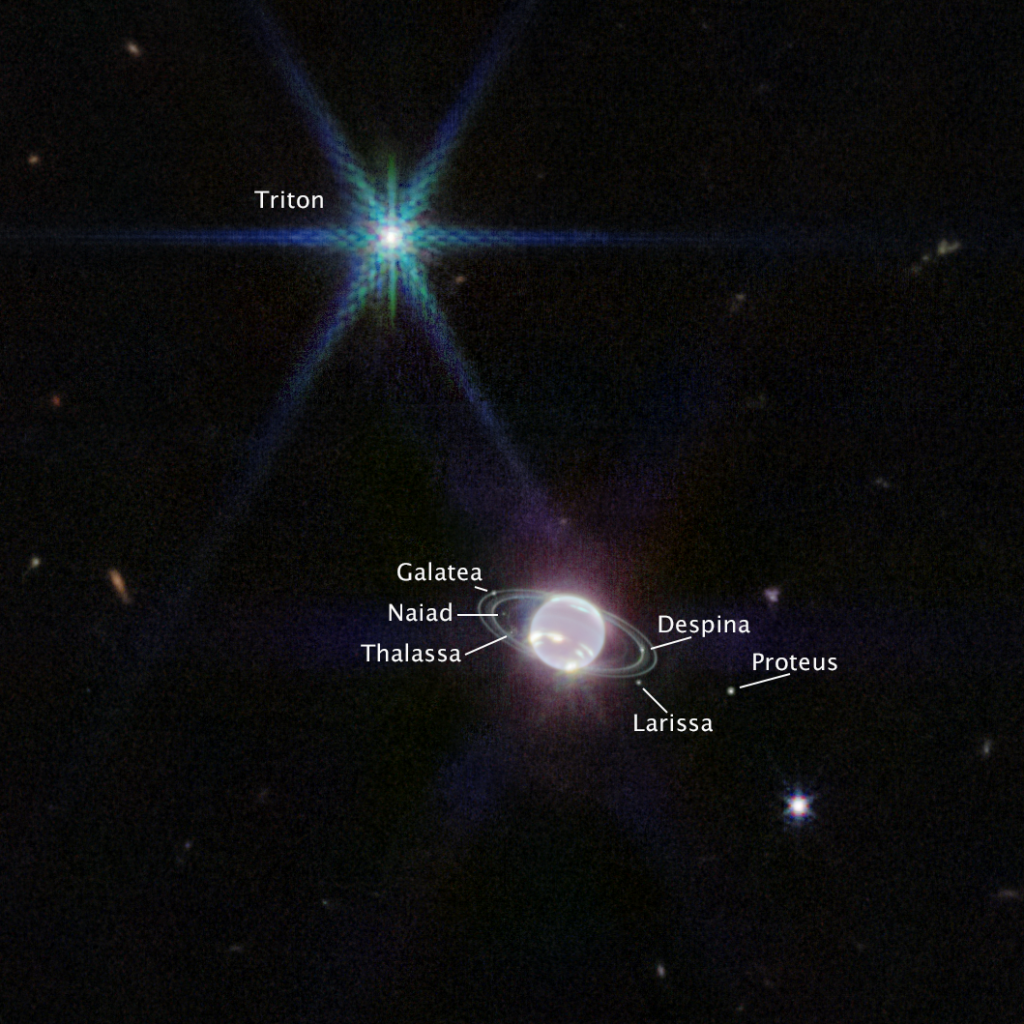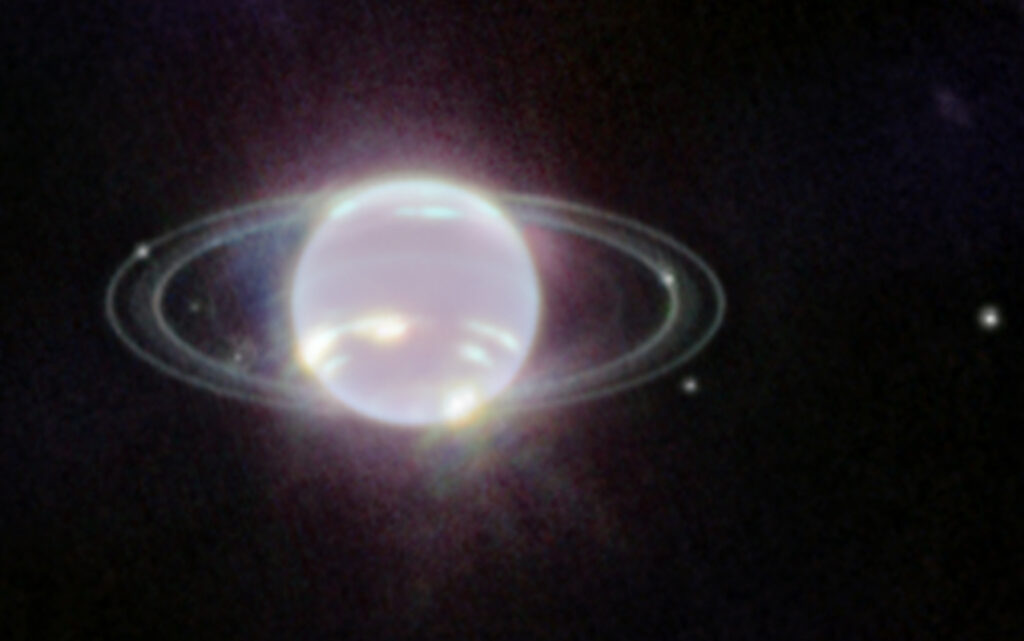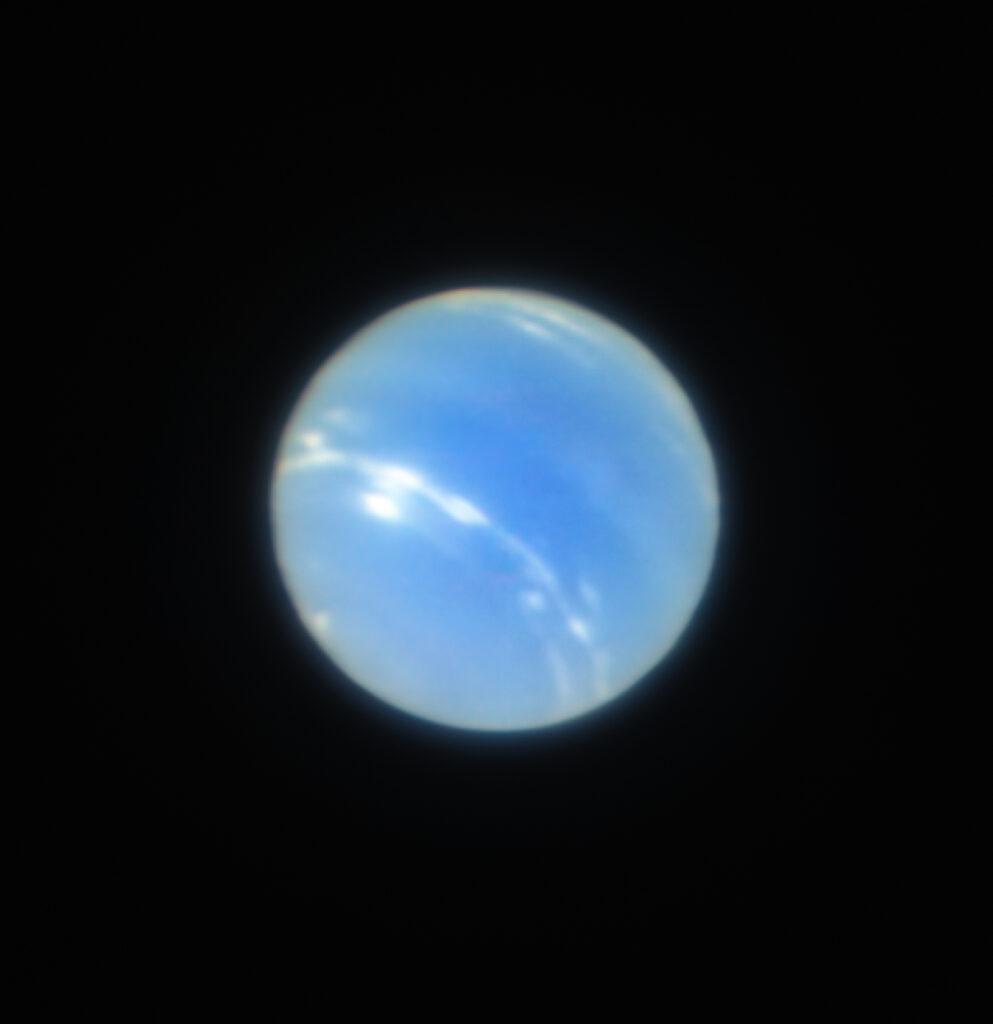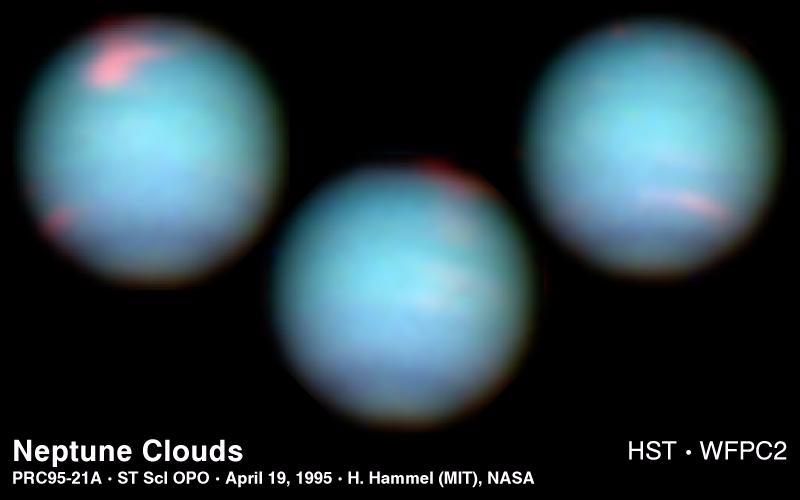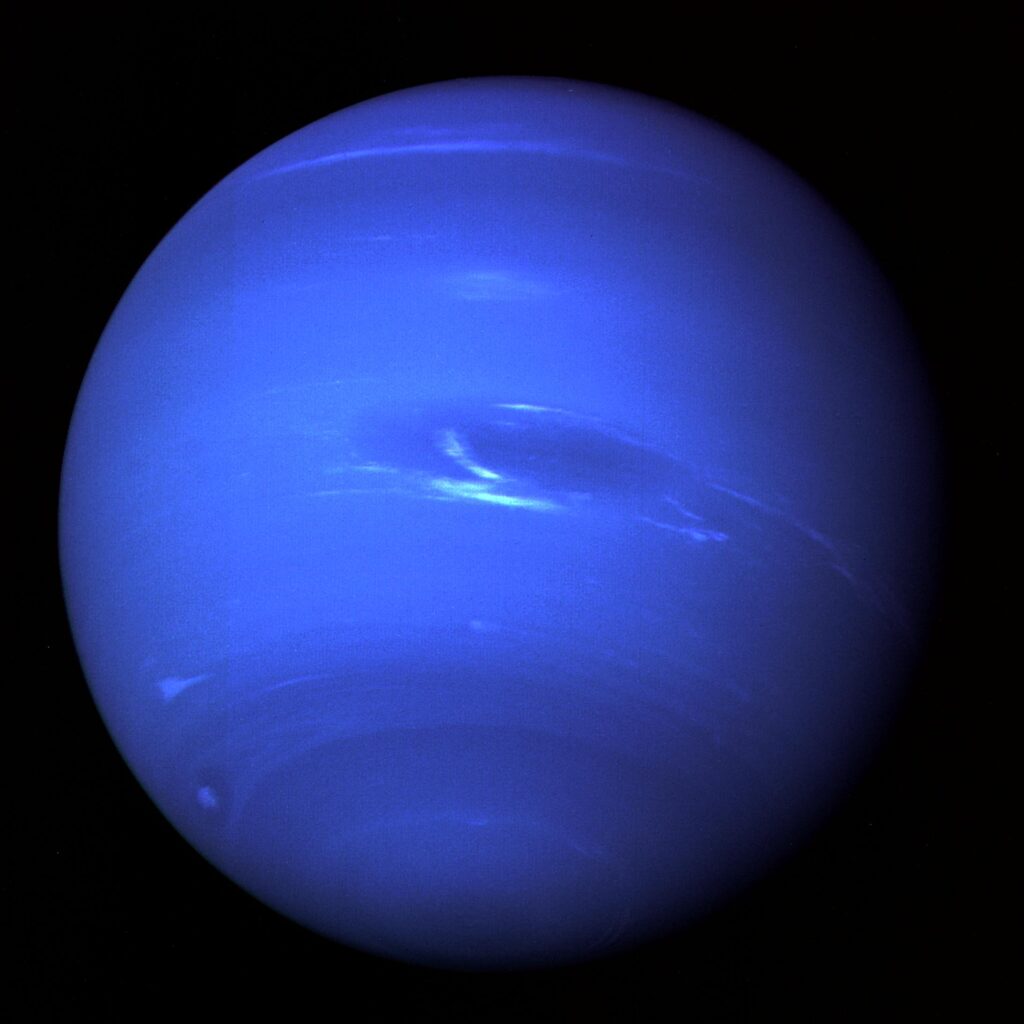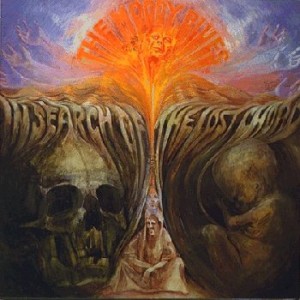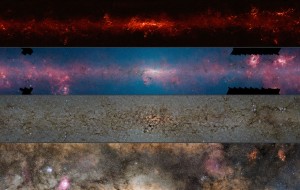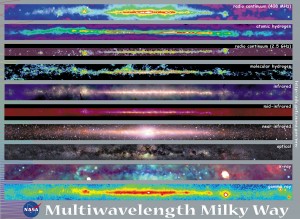Peter Lobner, updated 28 July 2023
NASA’s Double Asteroid Redirection Test (DART), which was launched on 24 November 2021, was the first test of a technology for defending Earth against potential asteroid or comet hazards. DART’s target was the small “moonlet” named Dimorphos orbiting the larger near-Earth asteroid Didymos, which itself is only a half mile in diameter. You can explore at the Didymos – Dimorphos binary system on NASA’s Solar System Exploration webpage here: https://solarsystem.nasa.gov/asteroids-comets-and-meteors/asteroids/didymos/in-depth/
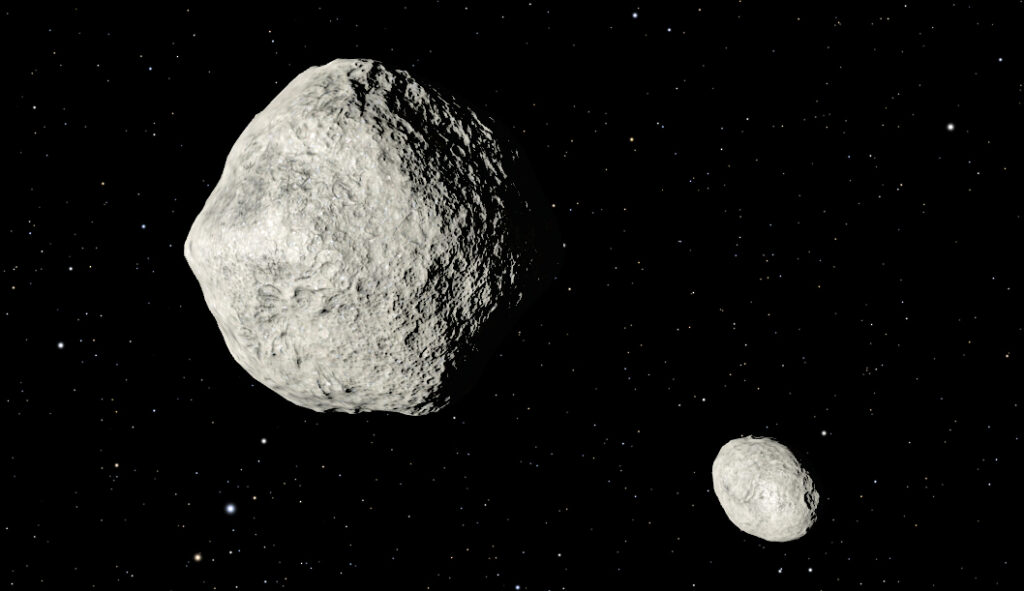
Source: NASA’s Solar System Exploration

DART approached impact with Dimorphos (background).
Source: NASA / JHAPL
The goal is for the DART spacecraft was to strike the moonlet Dimorphos at high speed while being trailed by another small spacecraft, the Italian Space Agency’s (ASI) cubesat, dubbed LICIACube, that would directly observe the encounter and report back to NASA and ASI.
By comparing pre- and post-impact measurements made with powerful Earth-based and orbiting telescopes, the NASA / Johns Hopkins Applied Physics Lab (JHAPL) team could determine what changes occurred to Dimorphos’ orbit around Didymos. These results will help assess the feasibility of using a high-energy impactor as a tool for deflecting the trajectory of an asteroid, particularly one that represents a significant risk to Earth. Learn more about the DART spacecraft and its mission objectives on NASA’s Planetary Defense Coordination Office website here: https://www.nasa.gov/planetarydefense/dart/dart-news
NASA successfully guided DART to a collision with Dimorphos on 26 September 2022. You can watch the final five minutes of DART’s approach to the Didymos – Dimorphos binary system up to the final image before impact here: https://www.nasa.gov/feature/dart-s-final-images-prior-to-impact
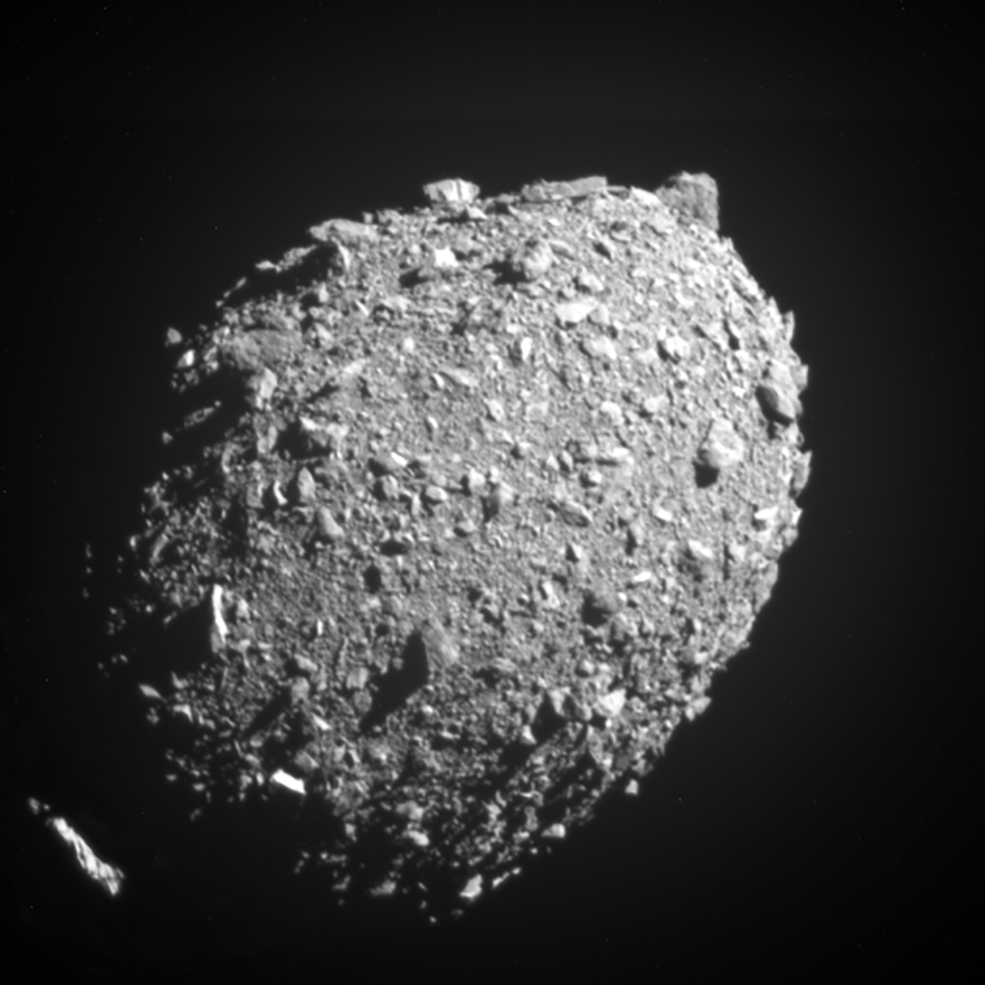
Source: NASA / JHAPL
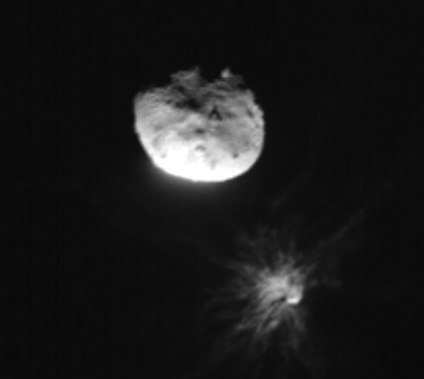
The Hubble Space Telescope was used to capture images of the impact. The NASA/ESA Hubble Space Telescope team reported:
“The Hubble movie starts at 1.3 hours before impact. The first post-impact snapshot is 20 minutes after the event. Debris flies away from the asteroid in straight lines, moving faster than four miles per hour (fast enough to escape the asteroid’s gravitational pull, so it does not fall back onto the asteroid). The ejecta forms a largely hollow cone with long, stringy filaments.
At about 17 hours after the impact the debris pattern entered a second stage. The dynamic interaction within the binary system started to distort the cone shape of the ejecta pattern. The most prominent structures are rotating, pinwheel-shaped features. The pinwheel is tied to the gravitational pull of the companion asteroid, Didymos.
Hubble next captures the debris being swept back into a comet-like tail by the pressure of sunlight on the tiny dust particles. This stretches out into a debris train where the lightest particles travel the fastest and farthest from the asteroid. The mystery is compounded later when Hubble records the tail splitting in two for a few days.”
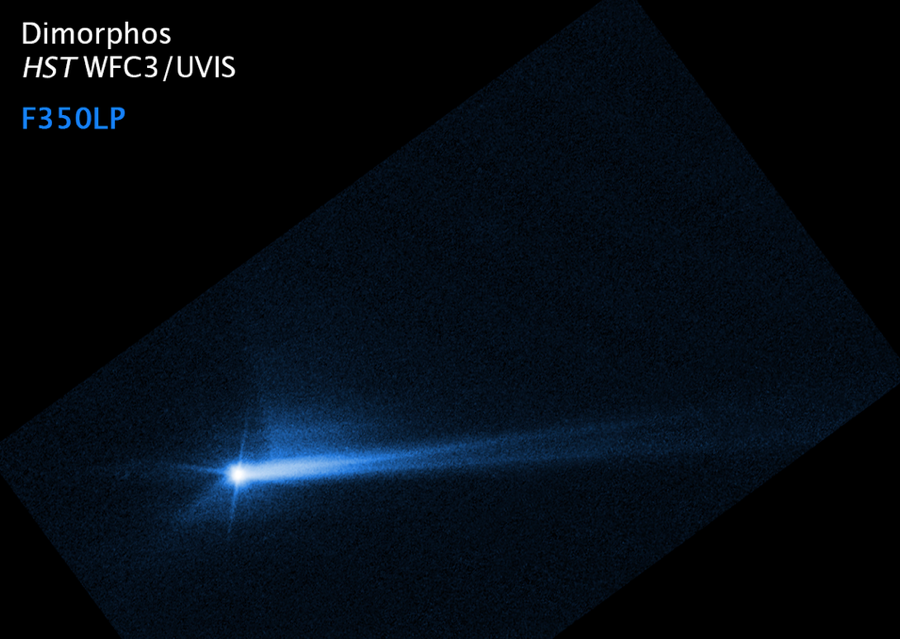
The results are in, and on 1 March 2023, the NASA / JHAPL team reported a much greater change to Dimorphos’ orbit than originally expected.
“…the investigation team, led by Cristina Thomas of Northern Arizona University, arrived at two consistent measurements of the period change from the kinetic impact: 33 minutes, plus or minus one minute. This large change indicates the recoil from material excavated from the asteroid and ejected into space by the impact (known as ejecta) contributed significant momentum change to the asteroid, beyond that of the DART spacecraft itself.”
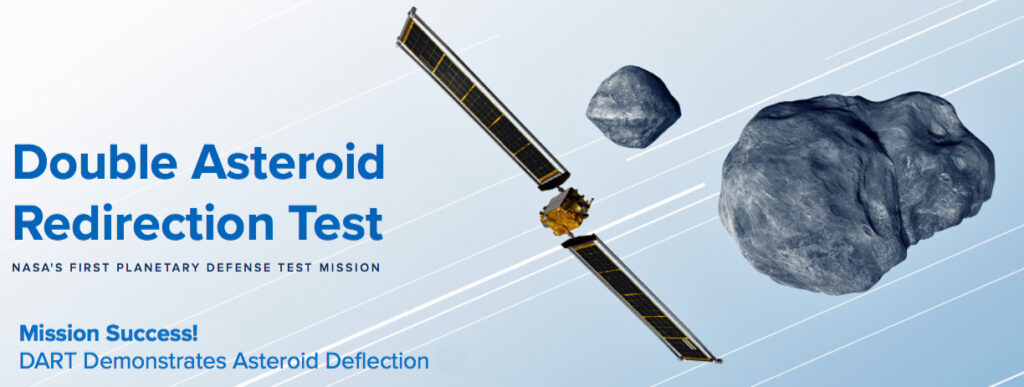
After the success of the DART mission, maybe the U.S. Planetary Defense Officer will have fewer sleepless nights, but this is only the first small, but successful step toward an operational planetary defense system.
28 June 2023 update: Hubble sees bolder swarm surrounding Dimorphos
In June 2023, NASA reported that the Hubble Space Telescope had observed a swarm of 37 boulders that appears to have been knocked loose from Dimorphos upon impact.
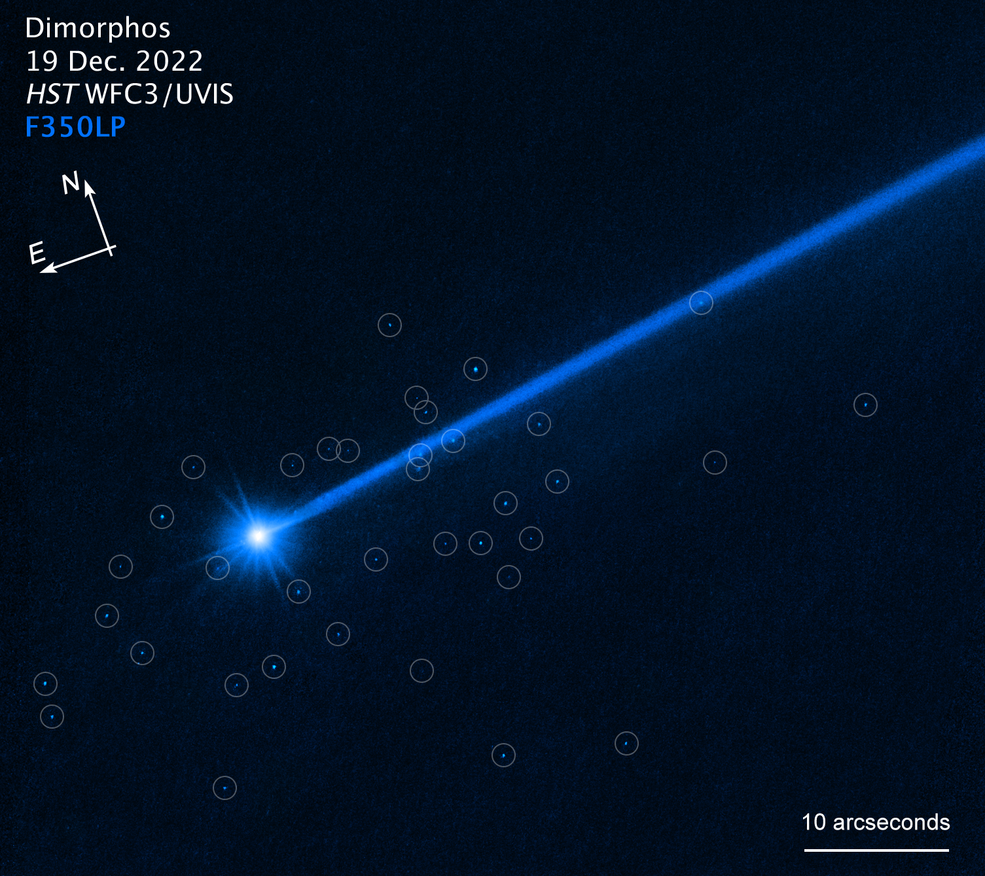
An image of the impacted asteroid, Dimorphos, with drawn-in circles around the areas where boulders have been detected. Note that the relationship between north and east on the sky (as seen from below) is flipped relative to direction arrows on a map of the ground (as seen from above). Source: NASA, ESA, David Jewitt (UCLA); Alyssa Pagan (STScI)
NASA reported:
“The 37 free-flung boulders range in size from three feet to 22 feet across, based on Hubble photometry. They are drifting away from the asteroid at little more than a half-mile per hour – roughly the walking speed of a giant tortoise. The total mass in these detected boulders is about 0.1% the mass of Dimorphos…… The boulders are most likely not shattered pieces of the diminutive asteroid caused by the impact. They were already scattered across the asteroid’s surface, as evident in the last close-up picture taken by the DART spacecraft just two seconds before collision, when it was only seven miles above the surface.”
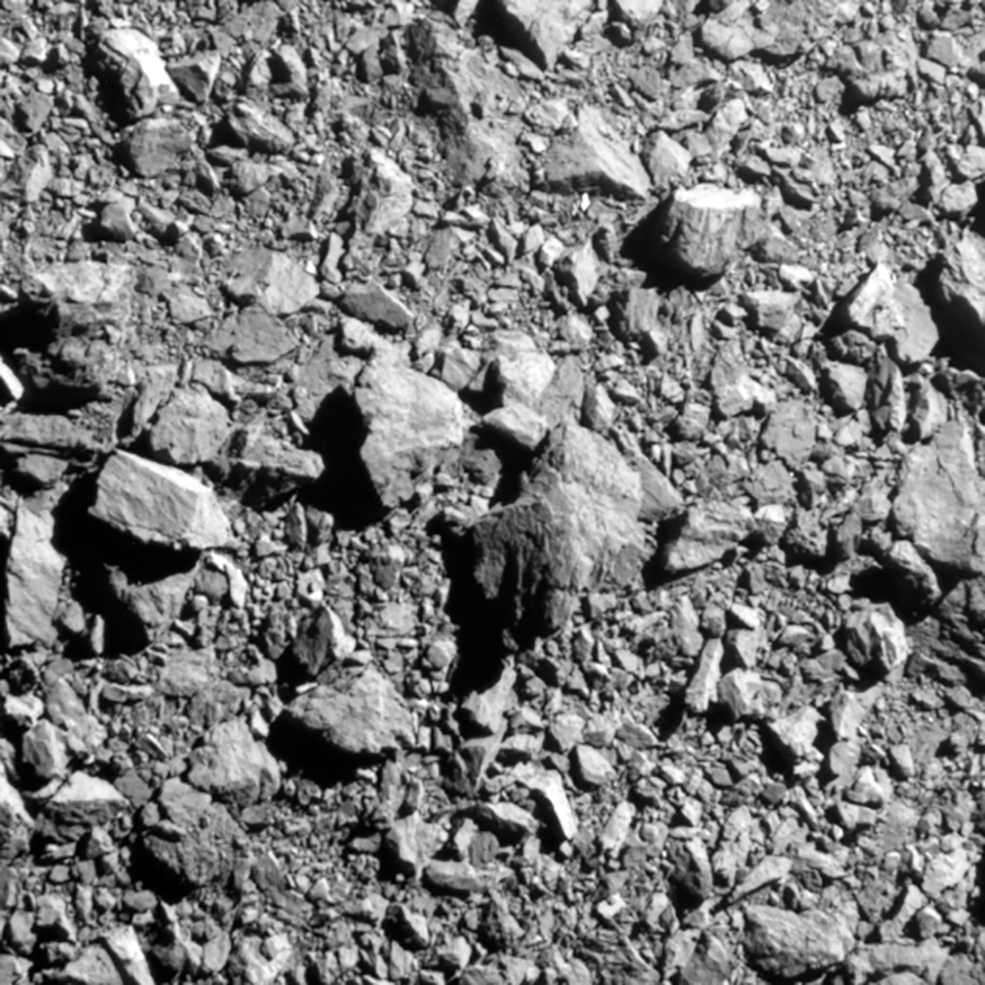
The loose composition of the surface of Dimorphos can be seen in this last complete image just prior to DART impact. Source: NASA, APL
For more information
- “DART’s Final Images Prior to Impact,” NASA, 26 September 2022: https://www.nasa.gov/feature/dart-s-final-images-prior-to-impact
- “NASA DART Imagery Shows Changed Orbit of Target Asteroid,” NASA, 11 October 2022: https://www.nasa.gov/feature/nasa-dart-imagery-shows-changed-orbit-of-target-asteroid
- Justyna Surowiec, “NASA’s DART Data Validates Kinetic Impact as Planetary Defense Method,” NASA / Johns Hopkins APL press release, 1 March 2023: https://dart.jhuapl.edu/News-and-Resources/article.php?id=20230301
- “Remember the DART impact? Hubble Made a Movie of the Debris,” Universe Today, 1 March 2023: https://www.universetoday.com/160346/remember-the-dart-impact-hubble-made-a-movie-of-the-debris/
- Tatyana Woodall, “What NASA’s successful DART mission means for the future of planetary defense,” Popular Science, 27 September 2022: https://www.popsci.com/science/nasa-dart-asteroid-planetary-defense-future/
- “Hubble Sees Boulders Escaping from Asteroid Dimorphos,” NASA press release, 20 July 2023: https://www.nasa.gov/feature/goddard/2023/hubble-sees-boulders-escaping-from-asteroid-dimorphos
- Monisha Ravisetti, “Hubble telescope spies cloud of space rocks created by DART asteroid impact,” Space.com, 20 July 2023: https://www.space.com/hubble-telescope-nasa-dart-mission-asteroid-space-boulders
Videos
- “Hubble Captures Movie of DART Asteroid Impact Debris,” (0.19 min), posted by HubbleWebbESA, 1 March 2023: https://www.youtube.com/watch?v=j6JlF-1zmls&t=1s
- “NASA’s DART Mission Confirms Crashing Spacecraft into Asteroids Can Deflect Them,” (1.47 min), posted by NASA, 1 March 2023: https://www.youtube.com/watch?v=vMu5bNadlGo
